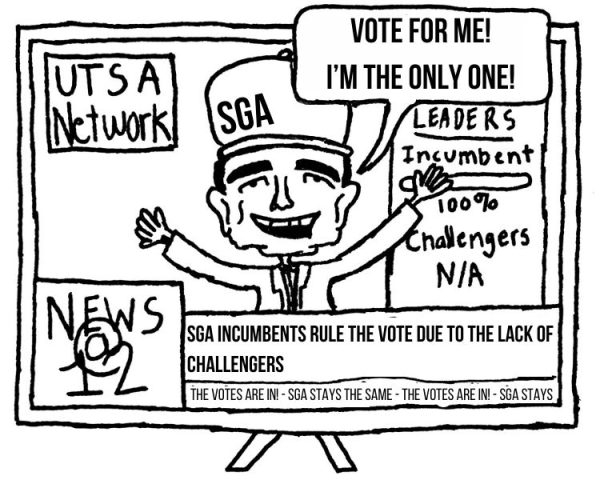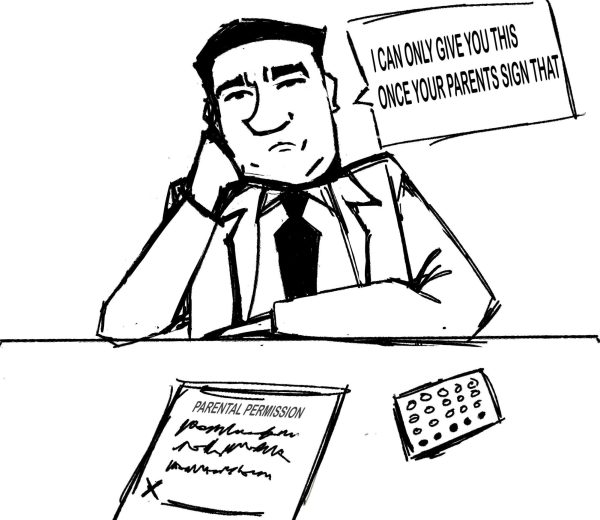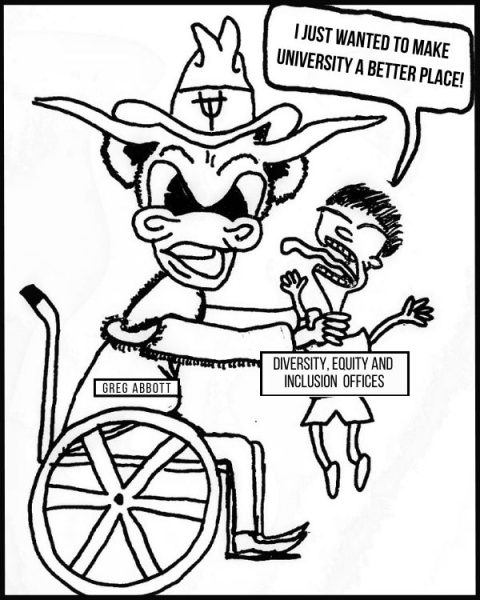The missed and the missing
September 28, 2021
As many of us know, the disappearance of 22-year-old Gabby Petito — who was on a four-month cross-country road trip with her fiance Brian Laundrie — prompted a nationwide search rather quickly. The intensity of America’s demand for answers is certainly admirable and awe-inspiring as Petito’s family reported her missing on Sept. 11, and her remains were found on Sept.19.
Within eight days, Petito’s case garnered a substantial following on major media platforms and her online persona stole the hearts of nearly all those keeping tabs on her whereabouts. Petito’s case seemed to have been a wake-up call for people all across the country, and that is commemorable, but a question lingers: what was it about Petito’s case that incited nationwide panic?
Petito, being a young white woman, left millions of people occupied by her case. As a result, thousands of tips — ones that catalyzed the discovery of her remains — poured into the hands of the FBI. Just last year, over 100,000 Black and Indigenous women went missing in the United States alone, and very few made national headlines. Very few of their cases gained a massive following on platforms like TikTok and Twitter. The obvious disproportionality between the amount of media coverage given to white women and women of color emphasizes America’s biases. America seems to ignore many cases involving women of color, but responses are amplified when it is a high-profile white woman.
The racial disparities engrained in mass media coverage and the criminal justice system are deeply saddening: an indisputable fact heightened by those whose cases were heard and those whose were silenced. It would be remiss not to mention the changes influenced by the response to Petito’s case; cases like that of Daniel Robinson, Jelani Day, Yesenia Duvak Del Rosario, Noemi Bolivar and Lauren Cho have since received more attention. Gabby Petito’s case is receiving global exposure — and for good reason — but what about the thousands of other women who never made it home safely? The rallying cry that was demonstrated with the same urgency as Petito’s should be the standard for missing persons of all demographics, and we can start by highlighting the cases of those who have been ignored in the past.











